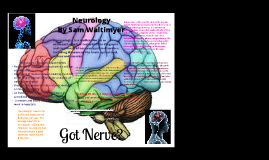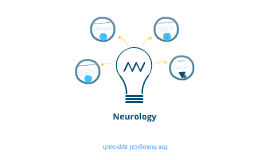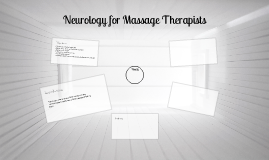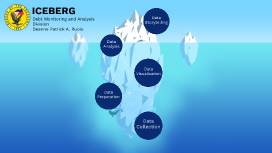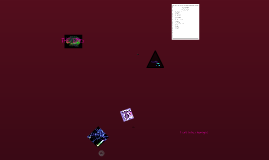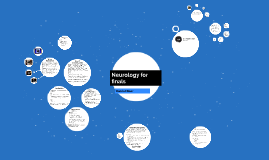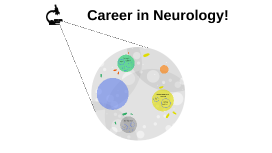Neurology for finals
Transcript: On inspection: facies and resting tremor? Ask the patient to walk: gait Ask the patient to stand still ? postural instability? Ask the patient to sit: rigidity? synkinesia and bradykinesia Afferent - CN II Efferent - CN III parasympathetic If testing left pupil Direct reflex tests CN II and CN III on Left Consensual reflex tests CN II on Right and CN III on Left anterior horn, root, peripheral nerve The examination Common Motor to trapezius and sternocleidomastoid - Cannot turn head towards affected side Differentials CN III palsy (peripheral nerve lesion) Horner's syndrome (symphathetic lesion) MG (NMJ lesion) Rapid side-to-side movement is cerebellar Diabetes, EtOH, GBS, entrapment Rarer Peripheral neuropathy Parkinson's Disease Upper Motor Neuron Brain Brain stem Spinal cord Lower Motor Neuron Peripheral nerves Some branches of CNs Types of seizure LMN sign - wasting Know how to examine: UL and LL Cranial Nerves including eye movements For cerebellar signs Parkinsonian Patient Gait Speech For brain stem reflexes CN II - Optic Examining the cranial nerves Anterograde. Dermatomal - rarer LMN Central palsy - pseudobulbar (hot potato) Peripheral - bulbar Subarachnoid Haemorrhage Epilepsy Muscles of facial expression Sensation to anterior 2/3 tongue UMN lesion e.g. stroke - lower (opposite) side of face affected only as bilaterally innervated LMN lesion e.g. Bell's palsy - ipsilateral forehead involved NB: Herpes Zoster Oticus - Ramsay Hunt syndrome with involvement of vestibulocochlear nerve D: Dysdiadochokinesia A: Ataxia N: Nystagmus I: Intention tremor S: Slurred speech H: Hypotonia V: Vertigo T: Titubation Stroke and TIA Horner's Syndrome X - efferent gag reflex, palatal elevation, vocal cords, parasympathetic supply 1. History - Onset - seconds, minutes, hours, days, weeks - Progression - ?intermittent, time course 2. Examination - Central (brain and cord) versus - Peripheral (anterior horn, peripheral nerve, NMJ, muscle) LMN - wasted, floppy Partial seizures (begin focally) Simple (consciousness not affected) - motor (frontal, Jacksonian March), sensory (parietal), psychological deja vu (temporal) Complex (consciousness impaired) but usually no loss of postural control. Automatisms, altered emotion, strange tastes or sensations, usually last 10-15 minutes Partial seizure may become generalised Absence: 4-12 y/o, eye blinking jerks, school performance Myoclonic Tonic-clonic seizures: tonic: elbows flexed, legs extended, cyanosis. clonic: 1-2 minutes, tongue biting, tachycardia, loss of continence. Post ictal phase NB Todd's Paresis - transient paresis following seizure. May affect eye movement, motor system. Usually lateralises to one side. Occurs in 10-15% of all seizures. Important differential is obviously a CVA Red flags: Progressive Sudden Age > 50 Worse in morning Associated neurological deficit Tension type: analgesic overuse Migraine: in women, episodic, unilateral, aura, fortification spectra, exacerbated by movement Cluster headache: in men, pain around the eye, conjunctival injection, lacrimation, severe enough to wake from sleep Temporal arteritis: in elderly, raised ESR jaw claudication and scalp tenderness MG, Lambert Eaton Myasthenic Syndrome LMN Blood supply Sensation to face Corneal reflex Jaw jerk (UMN) Median nerve e.g. carpal tunnel: abductor pollicis brevis weakness Ulnar nerve e.g. interosseus weakness Midbrain III, IV Pons V, VI, VII, VIII Medulla IX, X, XI, XII V1 Opthalmic - sensory V2 Maxillary - sensory, autonomic V3 Mandibular - motor, sensory, proprioceptive, parasympathetic Cranial Nerves Reflexes may help localise the lesion: Biceps (C5,6) Triceps (C7,8) Knee (L3,4) Ankle (S1) (cc) image by anemoneprojectors on Flickr Loss of Consciousness To complete... ask the patient to write (micrographia), do a BP (SD), DHx, Slit lamp (Wilson's) decreased CN - VII Facial UMN Clinical Anatomy Cord syndromes Spinal Cord brain, brainstem, cord absent XII - Hypoglossal Muscle pathology Tone Brain (unilateral and hemi-body, higher cognitive symptoms) Basal ganglia (movement, PD) Brain stem (CN symptoms, reflexes, autonomic functions) Cerebellum (ataxia, nystagmus) Spinal cord (sensory level, legs >arms) Anterior horn (UMN and LMN) Peripheral nerve (glove stocking, single nerve) NMJ (fatiguable) Autonomic (diarrhoea, sweating) NMJ Blue: Anterior Pink : Middle Green : Posterior NB. spinal shock DMD, Inflammatory causes Cavernous Sinus Vertebrobasilar ischaemia UMN Meningitis CN III, IV, VI Hypotensive XI - Accessory contracture Pupillary light reflexes Central cord e.g. syringomyelia - rare. Differential sensory loss - spares dorsal columns. UL LMN signs LL UMN signs Pituitary tumour at chiasm - bitemporal hemianopia Lesion in optic radiation - homonymous hemianopia or quadrantanopia (lower=patietal, upper=temporal) Reduction of C02 --> cerebral vasconstriction Light headedness Perioral anaesthesia Carpopedal spasm Anxiety, fatigue Rarely causes complete LOC Inspection Cord compression is a






